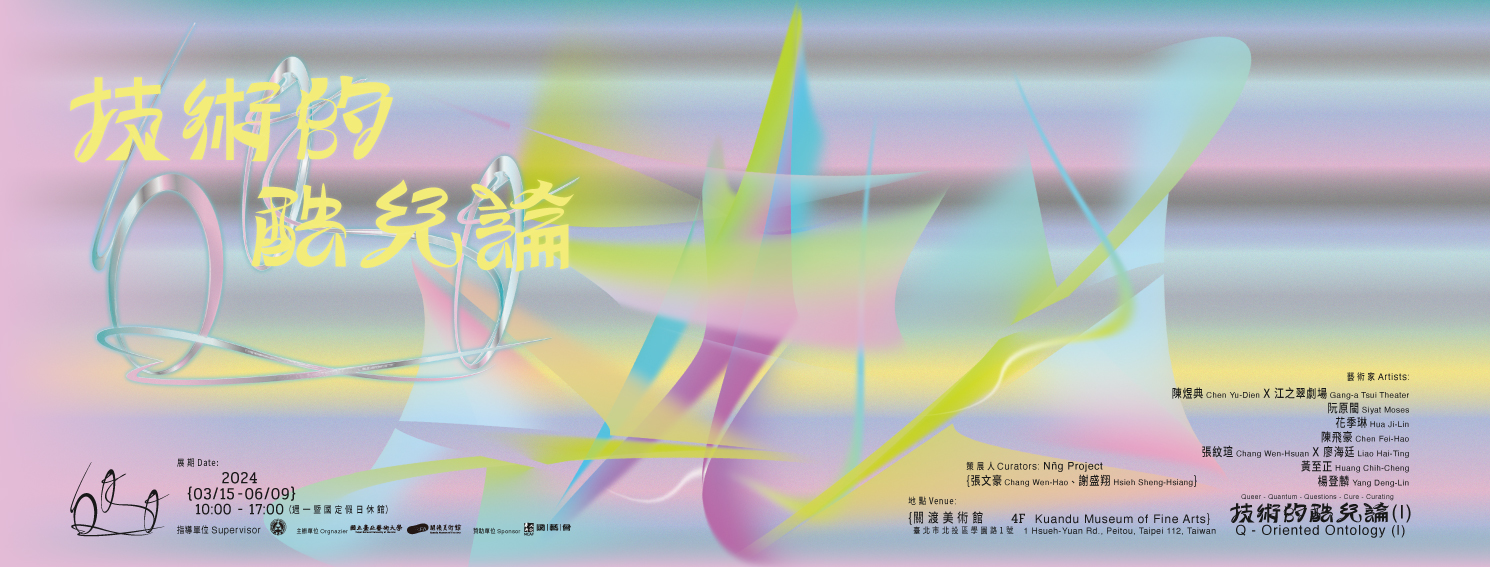Yang Deng-Lin
《Sleeping Beauty》I-III
Carbon Paper, Wax,
Epoxy, China fir
104 x 86 cm
2024
The exhibition series presented by the Kuandu Museum of Fine Arts titled "Sleeping Beauty" draws inspiration from the novel "House of the Sleeping Beauties" by Japanese author Yasunari Kawabata. Yang Deng-Lin attempts to delve into the text's interior scenes and details through the language of materials such as exhibition space, red carbon paper, wax, and cedar wood, as well as the contrasting descriptions of "sexuality," "the body," and "the color red."
The "Sleeping Beauty" depicts an elderly man visiting a secret house at night, where he sleeps beside young women who remain in a drugged, comatose state, covered in deep red velvet. This arrangement allows the almost impotent old man to experience temporary healing. Driven by dangerous temptation, the old man continually seeks to spend the night with these death-like sleeping young women, experiencing a mix of warm memories and nightmares with other women in the process.
The text also frequently employs imagery of the color red, such as the girl's rosy-white skin, bright red lipstick, red blood, and gradually withering red leaves, reflecting the old man's warm youth or the horror of his decline.
The "Sleeping Beauty" series will feature red depicted through red carbon paper. Beyond presenting the aforementioned contrast in red, the series also attempts to resonate with the novel's theme through the cedar wood framing and the deep red grooves of the exhibition space, echoing the old man's entry through a cedar door into a closed space draped in deep red velvet. Furthermore, Yang Deng-Lin revisits the context of previously used materials, engaging in a dialogue of binary opposition and fusion to explore the text's discourse on "sexual awakening and gender fading." Wax, a primary material for this creation and a raw ingredient in lotions and creams, is chosen again. Beyond its metaphorical language for skin, the fluid state of wax before it solidifies represents the entangled state between the old man and the sleeping young women, or between fond memories and nightmares.

